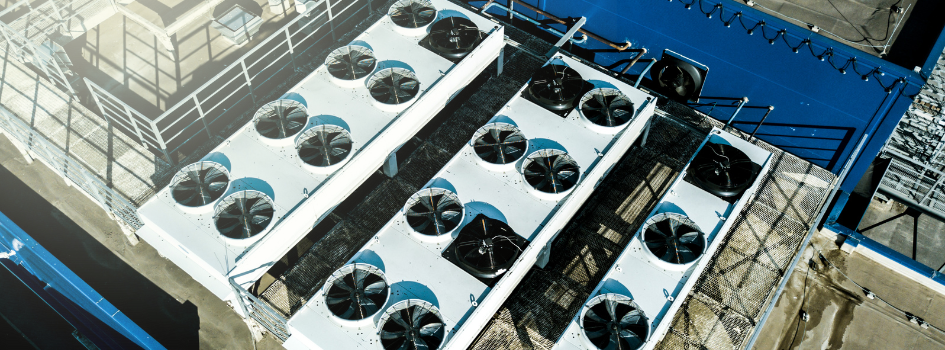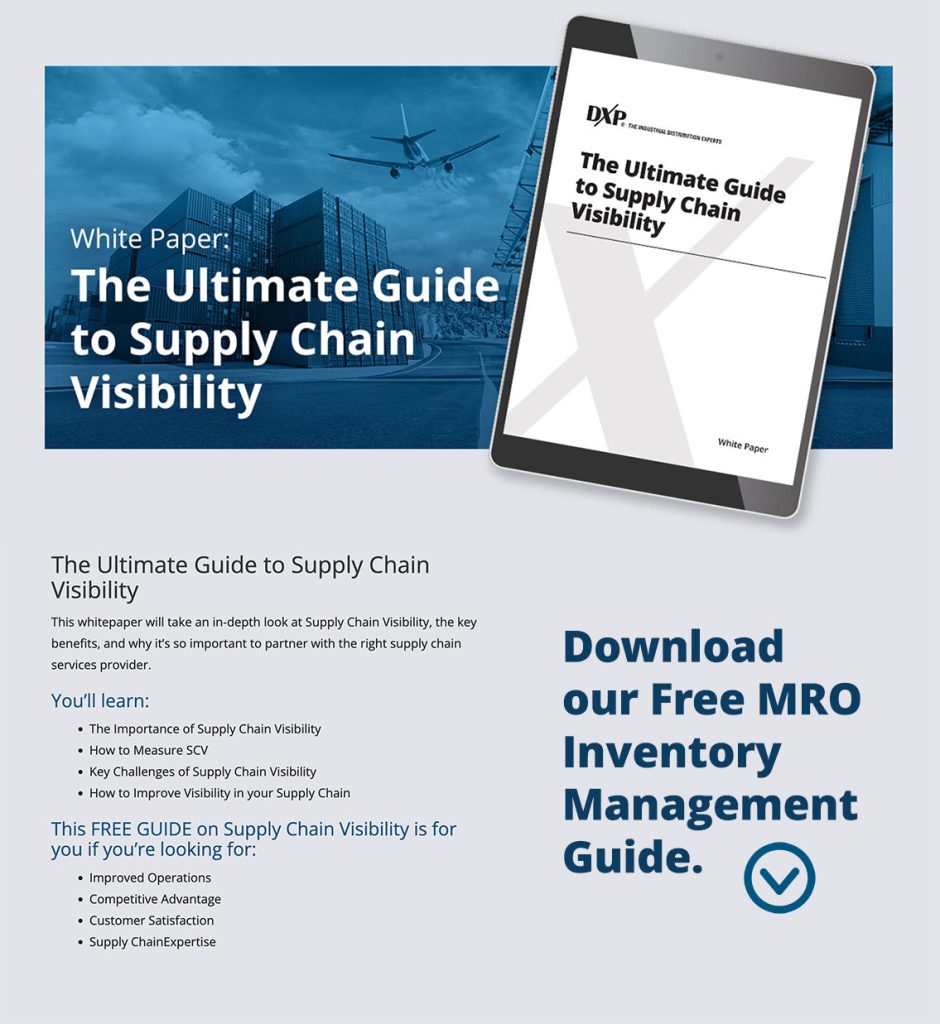
A Complete Guide to Air Consumption Audits
Wasted air means wasted money. An air consumption audit helps find inefficiencies, so your system runs better and costs less. Here’s everything you need to know.
What is an Air Consumption Audit?
Air consumption audits help industrial facilities figure out how much compressed air they use, where it’s going, and where they’re wasting it. These audits look at leaks, pressure drops, inefficient equipment, and other problem areas that drive up energy costs. Compressed air is one of the most expensive utilities in industrial operations, so getting it right can save a lot of money.
Why Do Air Consumption Audits Matter?
Compressed air systems eat up a lot of energy. In fact, around 30% of industrial energy use comes from running these systems. That means waste isn’t just bad for the environment…it’s also hitting your bottom line. An audit helps facilities find problems and fix them before they lead to expensive breakdowns or higher operating costs.
How the Audit Process Works
Here’s what happens during an air consumption audit, step by step.
1. Data Collection
The first step is gathering information. Auditors install flow meters, pressure sensors, and other monitoring tools at different points in the system. They look at:
- Airflow rates
- Pressure variations
- System efficiency trends
- Equipment performance
2. Leak Detection and System Inspection
Leaks are one of the biggest sources of wasted compressed air. Auditors use ultrasonic detectors to find leaks that aren’t visible to the naked eye. They also inspect hoses, fittings, valves, and other system components to check for damage or wear.
Example: A facility with a 100-psi system loses about 30% of its compressed air to leaks. Fixing those leaks could reduce energy costs by thousands of dollars per year.
3. Pressure and Flow Analysis
Too much pressure wastes energy. Too little pressure affects performance. An audit examines pressure levels throughout the system and checks for pressure drops that might be caused by clogged filters or undersized piping.
Tip: A 2 psi drop in pressure can increase energy use by 1% or more. Keeping the system properly balanced can cut costs without affecting performance.
4. Equipment Efficiency Testing
Some equipment uses more air than it should. Auditors measure how much air different tools, machines, and processes consume. If something is drawing more than expected, it may be time to repair or replace it.

Common Issues Found in Air Audits
- Leaks – Tiny leaks add up fast, leading to massive energy loss.
- Incorrect Pressure Settings – Running at higher pressure than needed wastes electricity.
- Inefficient Equipment – Older or poorly maintained machines use more air than they should.
- Poor Piping Layout – Long, complex piping systems increase pressure loss and inefficiency.
Fixing Problems After an Audit
Once the audit spots the issues, it’s time to fix them.
Leak Repair
Fixing leaks is usually the fastest, easiest way to improve efficiency. Even a 1/16-inch leak at 100 psi can cost over $500 per year in wasted energy.
Optimizing Pressure Settings
Lowering system pressure by 10 psi can cut energy use by 5% or more. Many facilities run at higher pressure than they actually need.
Upgrading Equipment
If outdated or inefficient equipment is driving up air consumption, upgrading to high-efficiency models can make a big difference. Variable-speed air compressors, for example, adjust output based on demand and save energy compared to traditional fixed-speed models.
The Payoff: Energy and Cost Savings
Investing in air audits and efficiency improvements can pay off fast. Some facilities see 10–30% reductions in energy costs after fixing leaks, adjusting pressure, and improving maintenance routines.
Average Savings from an Air Consumption Audit:
- Fixing leaks: Up to 30% reduction in air loss
- Optimizing pressure: 5–10% lower energy use
- Upgrading equipment: 15–25% efficiency gain
Thinking about an industrial energy audit? Start by checking your compressed air system for obvious leaks and inefficiencies. If you want deeper insights, bring in a professional audit team to measure performance and pinpoint waste. The sooner issues are fixed, the sooner the savings start adding up.
Work with DXP Today!
DXP helps industrial facilities improve efficiency and cut waste with environmental solutions. Our sustainability team focuses on energy efficiency, emission reduction, renewable energy, and so much more. We’ll help you make smart upgrades to lower costs and improve operations responsibly!
Contact us here to speak with an expert.

